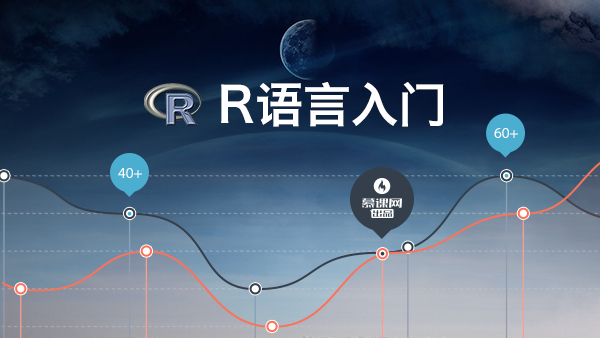R day 3
In clinical trial studies, P-value is critical for measuring drug efficacy. Typically, the statistical analysis Plan will describe statistical significance as: P-value <0.05 for a two-tailed Log Rank Test.
Recently, I came across a study with the statistical significance as P-value <0.025 for a one-tailed Log Rank test in the analysis plan.
Question:
Does two-tailed P-value= 0.05 means the same as One-tailed P-value =0.025 ?
If they are not the same? what are the differences?
let’s trying to figure out these questions by the following procedures:
- What does P-value mean
- What does two-tailed P-value mean
- What does one-tailed P-value mean
Without loss of generality, P-value is the probability of the test results observed assuming the null hypothesis is correct.
Null hypothesis: the mean value is the same for Group A and Group B
H0: mean(Group A) = Mean(Group B)
Two-tailed P-value Test:
P-value (<0.05) reject or accept (p> 0.05) the Null hypothesis.
P-value >0.05, accept the Null hypothesis, which means mean value is the same for Group A and Group B.
P-value <0.05, Reject the Null hypothesis, the mean value of Group A is different from the mean value in Group B.
- Key interpretation: this part only stated the mean value for two Groups are not the same, but we can not take for grant that the Mean(group A) > mean(group B) or Mean(group B) > Mean(group A)
One-tailed P-value Test
P-value (<0.025) reject or accept (p> 0.025) the Null hypothesis
P-value <0.025, accept the Null hypothesis, the mean value for Group A strictly greater the mean value for Group B.

Without loss of generality, P-value is the probability of the test results observed assuming the null hypothesis is correct.
Null hypothesis: the mean value is the same for Group A and Group B
H0: mean(Group A) = Mean(Group B)

Two-tailed P-value Test:
P-value (<0.05) reject or accept (p> 0.05) the Null hypothesis.
P-value >0.05, accept Null hypothesis, which means mean value is the same for Group A and Group B.
P-value <0.05, Reject the Null hypothesis, mean value of Group A is different from the mean value in Group B.
- Key interpretation: this part only stated the mean value for two Groups are not the same, but we can not take for grant that mean(group A) > mean(group B) or mean(group B) > mean(group A)
m<- 100
s<- 30
x<- seq(from=m-5*s, to=m+5*s, by=1)
y<- dnorm(x,mean=m,sd=s)
plot(x,y,type="l", col="darkgreen", lwd=2,las=1, main="Two-Tailed")
abline(v=m+2*s, col="orange",lwd=3)
abline(v=m-2*s, col="orange",lwd=3)
polygon(c(x[x>=160],160),c(y[x>=160],y[x==0]),col="lightblue")
polygon(c(x[x<=40],40),c(y[x<=40],y[x==0]),col="lightblue")
One-tailed P-value Test
P-value (<0.025) reject or accept (p> 0.025) the Null hypothesis
P-value <0.025, accept Null hypothesis, the mean value for Group A strictly greater the mean value for Group B.

m<- 100
s<- 30
x<- seq(from=m-5*s, to=m+5*s, by=1)
y<- dnorm(x,mean=m,sd=s)
plot(x,y,type="l", col="darkgreen", lwd=2,las=1, main="One-Tailed")
abline(v=m+2*s,col="purple",lwd=3)
polygon(c(x[x>=160],160),c(y[x>=160],y[x==0]),col="lightblue")
Summary:
In most cases, if the variable is continuous, a One-tailed p-value is the same as Two-tailed p-value/2. But for non-inferiority studies, we prefer to use One-tailed p-value.
Thanks Jun and Renee 5 for the p-value knowledge with me .
Happy Studying!
Ref:
https://www.r-bloggers.com/shading-regions-of-the-normal-the-stanine-scale/
Thanks Jun and Renee 5 for the p-value knowledge with me.
Happy Studying!

 随时随地看视频
随时随地看视频




